After two years, I have finally left good old Batchelor township. But, I haven’t actually gone too far. In fact I am looking after a 250 hectare farm, while the owner, Jim, is away, at a place, which according to the map, is called Stapleton. If, after looking at a map, you still have no idea where this is, don’t feel bad, there isn’t much here to see!
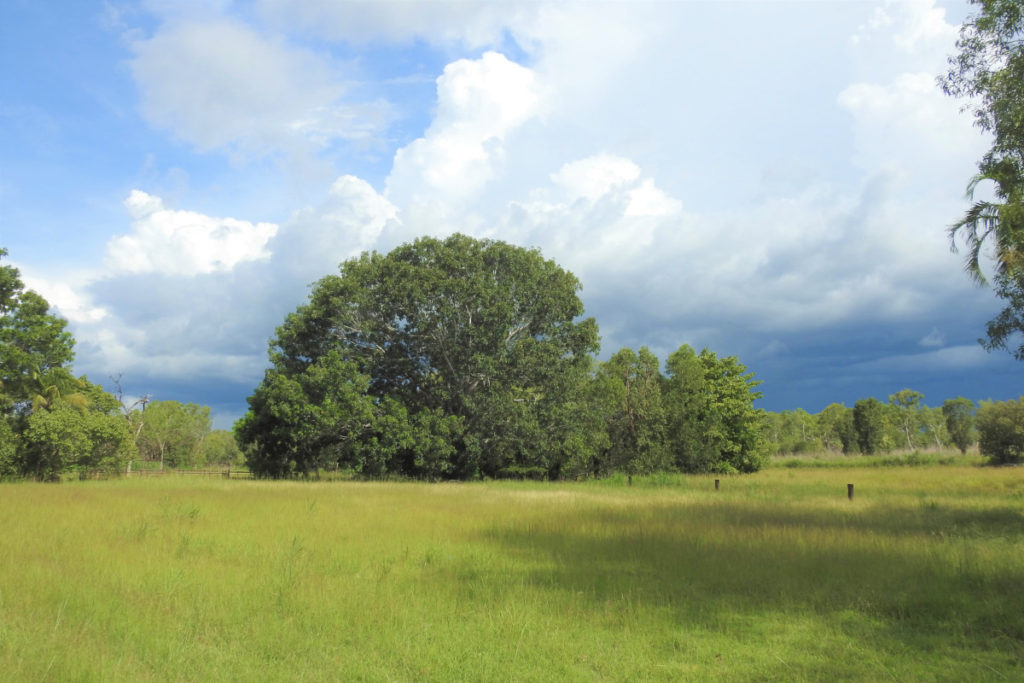
This is quite pretty country, but is very remote. No street lamps, no neighbours for kilometres and even though I am still only about 25km from Batchelor, I could be a million miles from anywhere!
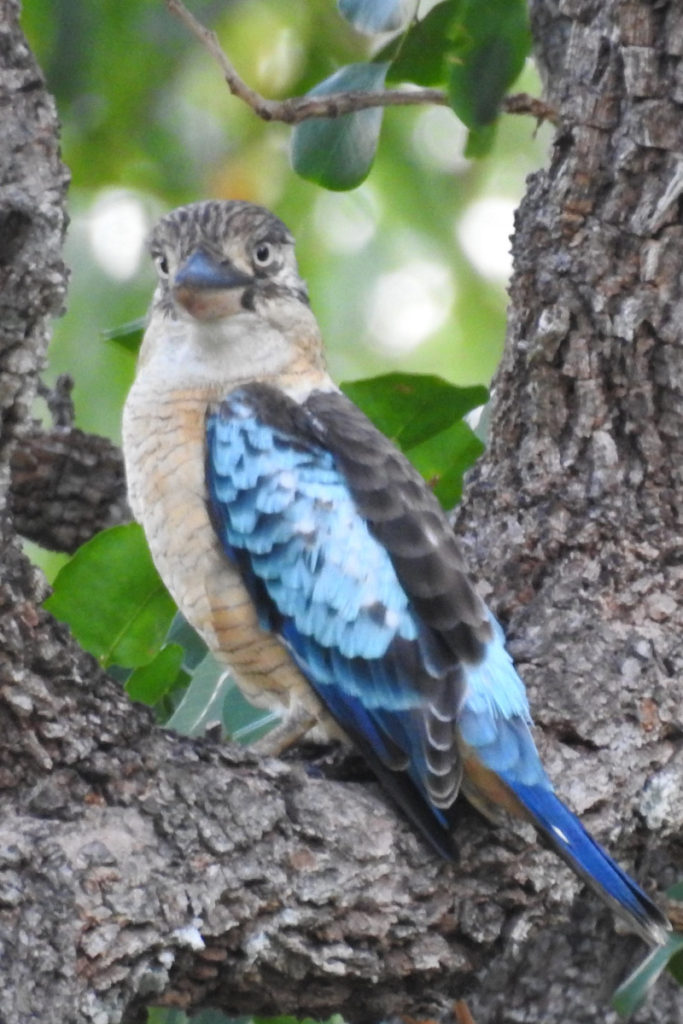
Bird wise, so far I have counted different 33 species that live out here on the farm, with a couple still to identify. Because this is slightly different country than around Batchelor, with the creeks running through the property being a major factor, there are some new guys to keep an eye on.
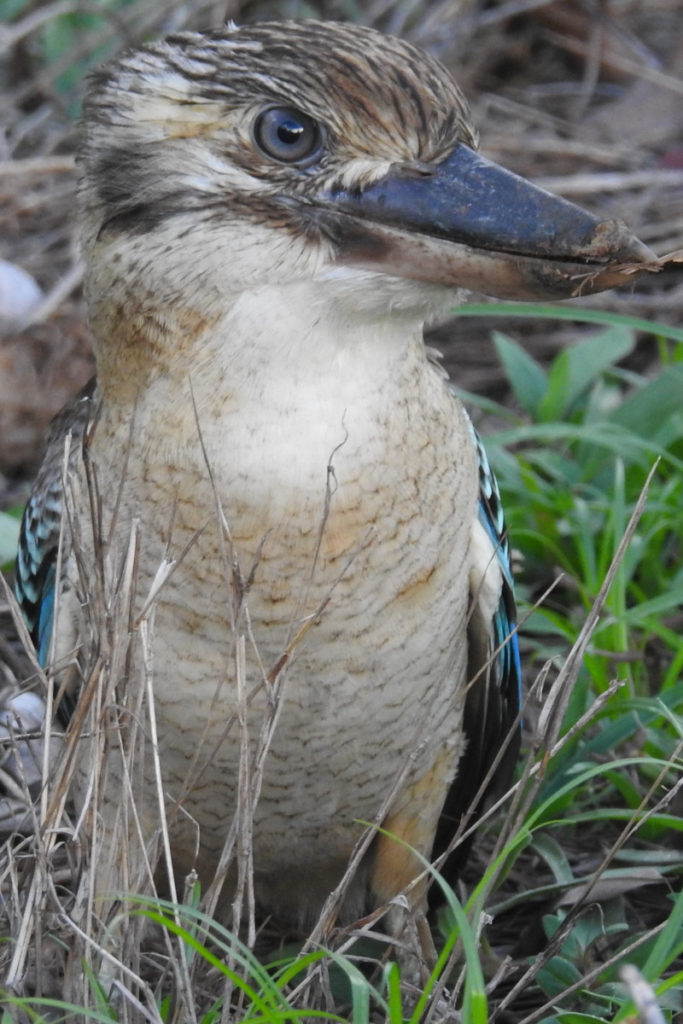
So, I share the farm with some pretty flighty cattle that run away as soon as they see you. (Probably doesn’t help them that I have given them pet names, like Sirloin, Rump, Scotch Fillet and Hamburger…) Oh, and wild pigs, too. Yeah, there are wild piggies around, for sure.
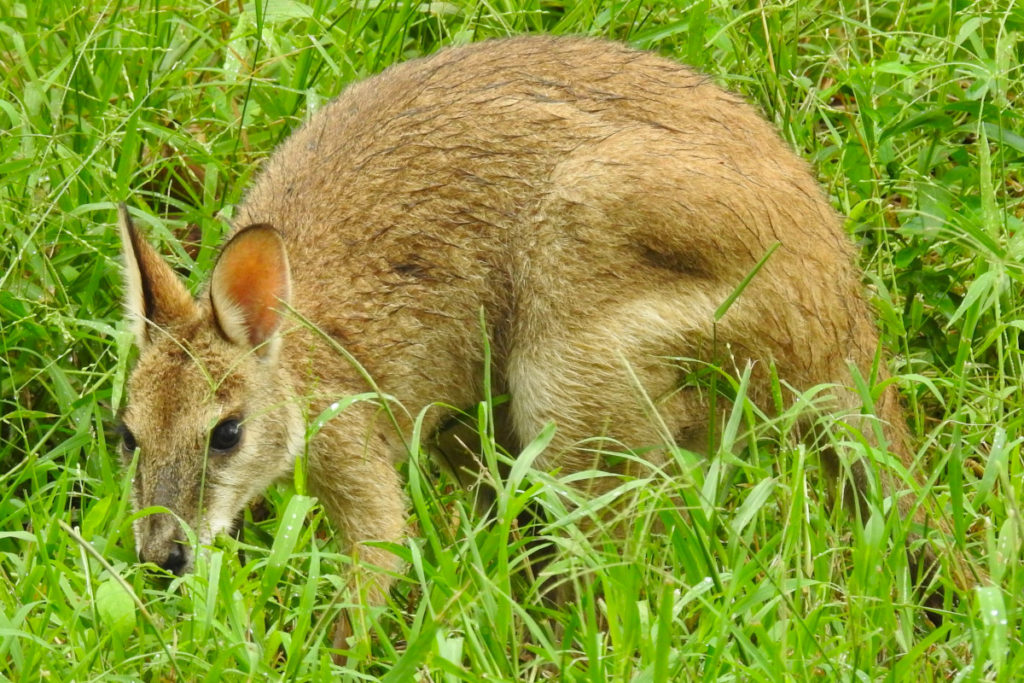
Native animals are represented by pretty little Agile Wallabies and there are dingoes, who seem to like to howl around the place, very close to the house (when they howl that close, the hair on the back of my neck does stand up – it is a very eerie sound during the day, but really creepy close up at night).
I had my first ‘close encounter’ with one of these howlers the other afternoon; after regaling me with howling for a while, the culprit boldly trotted up the track to the house like he owned the joint.
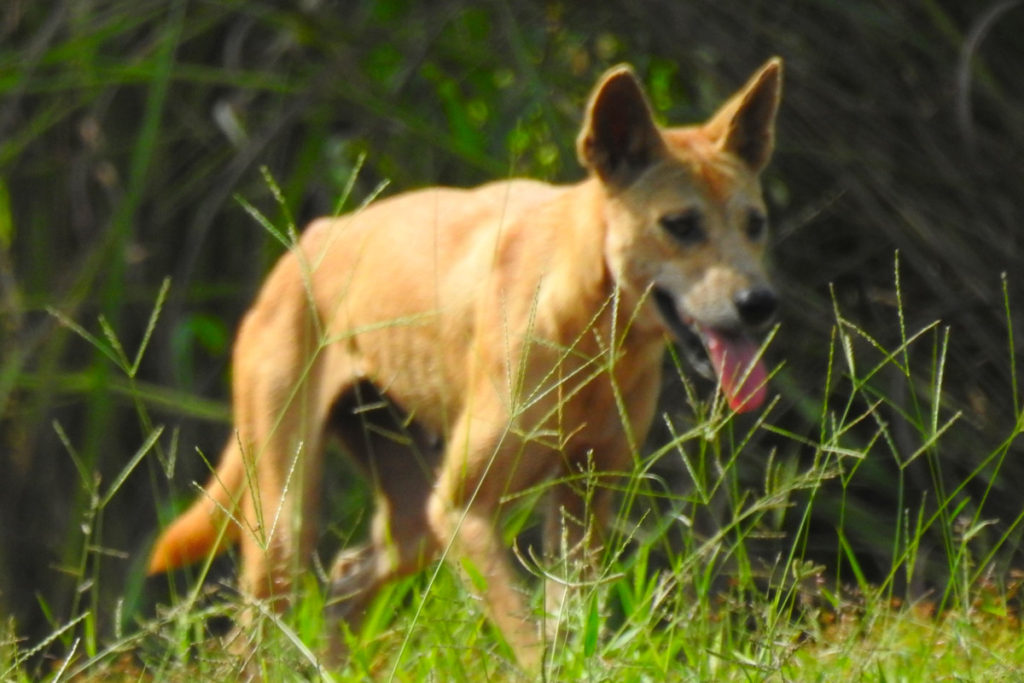
I quickly grabbed a couple of photos (sorry, the quality isn’t too great because I was in such a hurry) before going out to tell him, in my best dingo, to take a long hike along a short track (the Aussie-bush version of “take a long walk down a short pier”, I guess).
Anyway, he scooted off into the long grass and interestingly, I saw him stick his head around a tree a bit later, to see if I was still around, I guess. Crafty bugger had scooted around from another direction, but I caught a glimpse of his head as he took a look. I yelled, “I can see you!” and he quickly whipped his head back. I haven’t seen him since, doesn’t mean he’s not around, though.
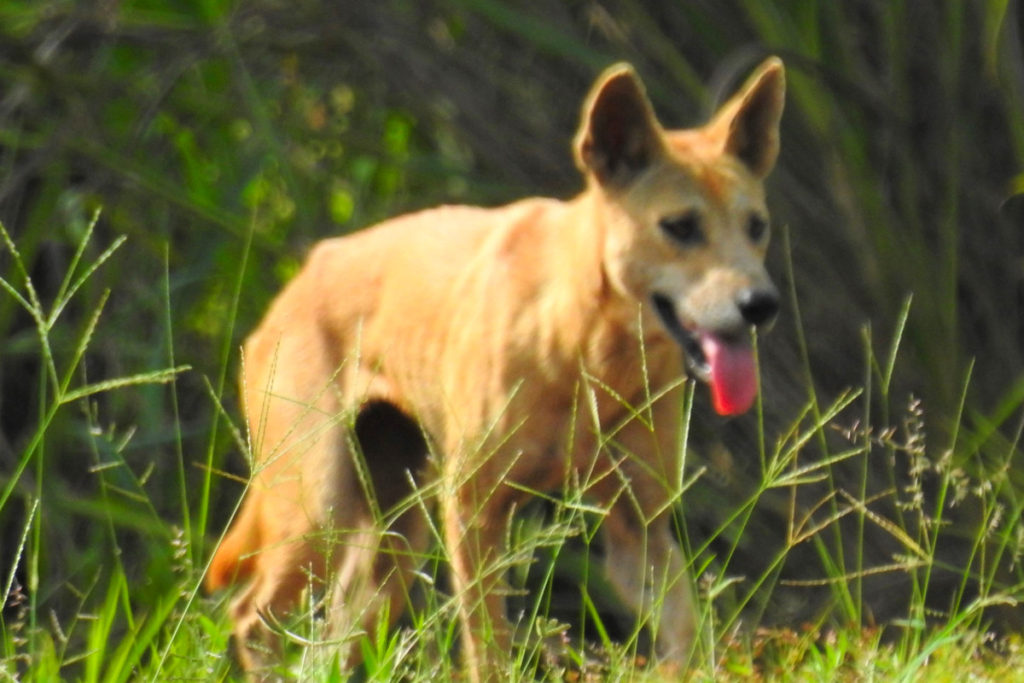
Believe me when I say that I have absolutely no doubt said dingo doesn’t give a flying stuff about what I think, but at least I feel like I showed him who was boss; for the time being, anyway!
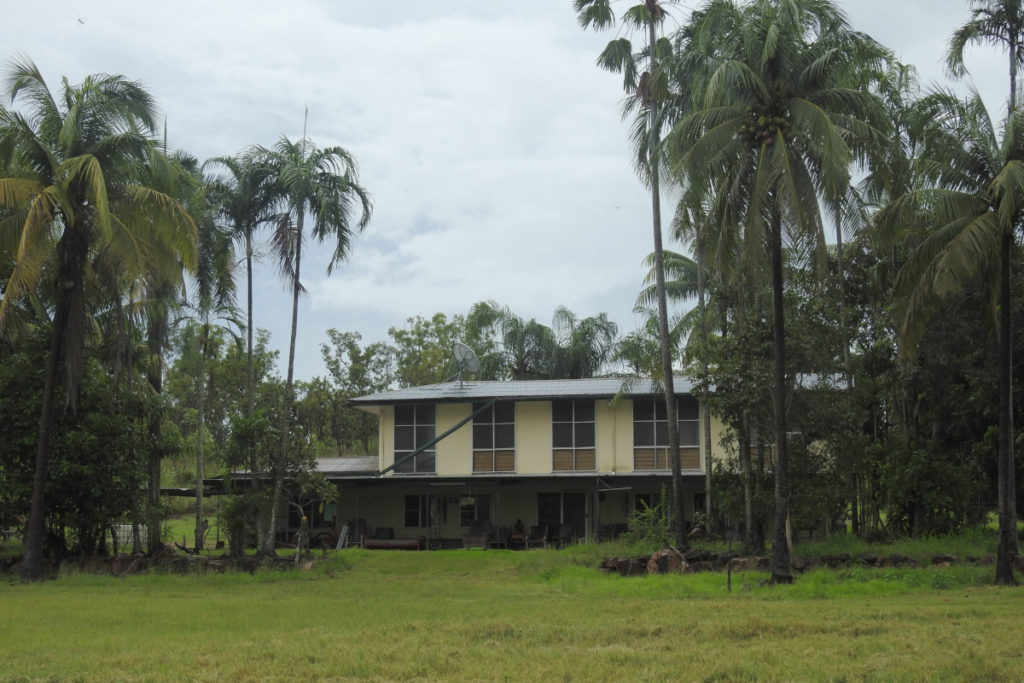
Anyway, back to the farm. The modern house is located near/on the site of an old Cobb and Co staging post, when the old horse and coach travelled from Batchelor through to Daly River, some miles south of here. Sadly, no sign of this remains, however the original coach river crossing is still extant just down from the house and still used for farm duties today.
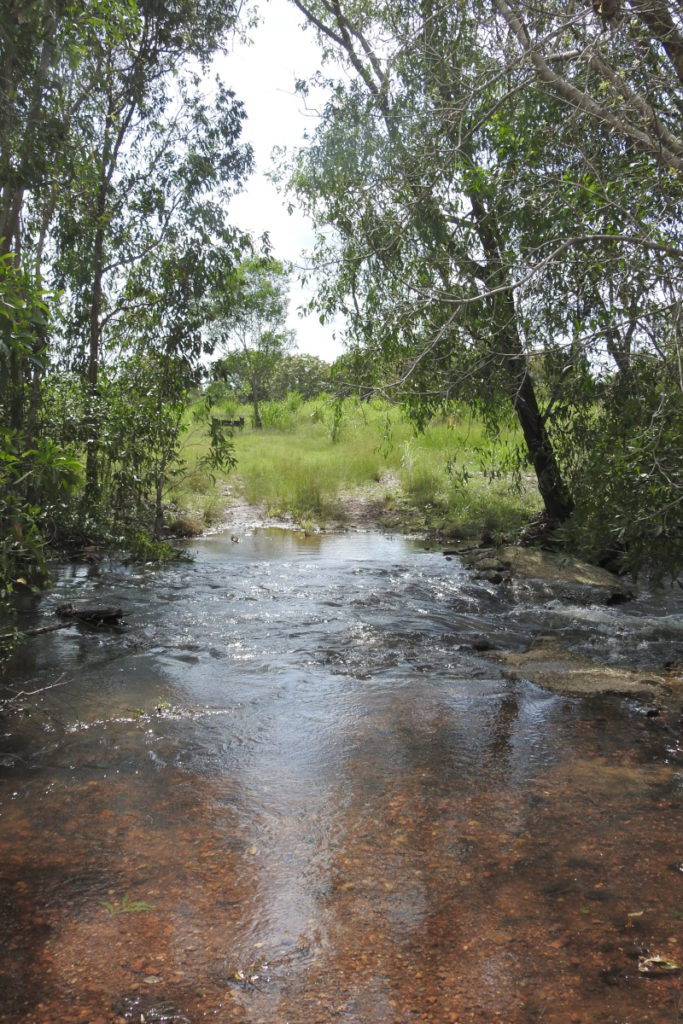
I suppose in those days, travellers might have been able to get a rudimentary meal here. No doubt they washed that down with ale or maybe rum, hoping to deaden their sore bones for the rough coach journey ahead. Meanwhile the coachmen changed to fresh horses before calling the passengers to continue their bumpy passage onwards to their destination.
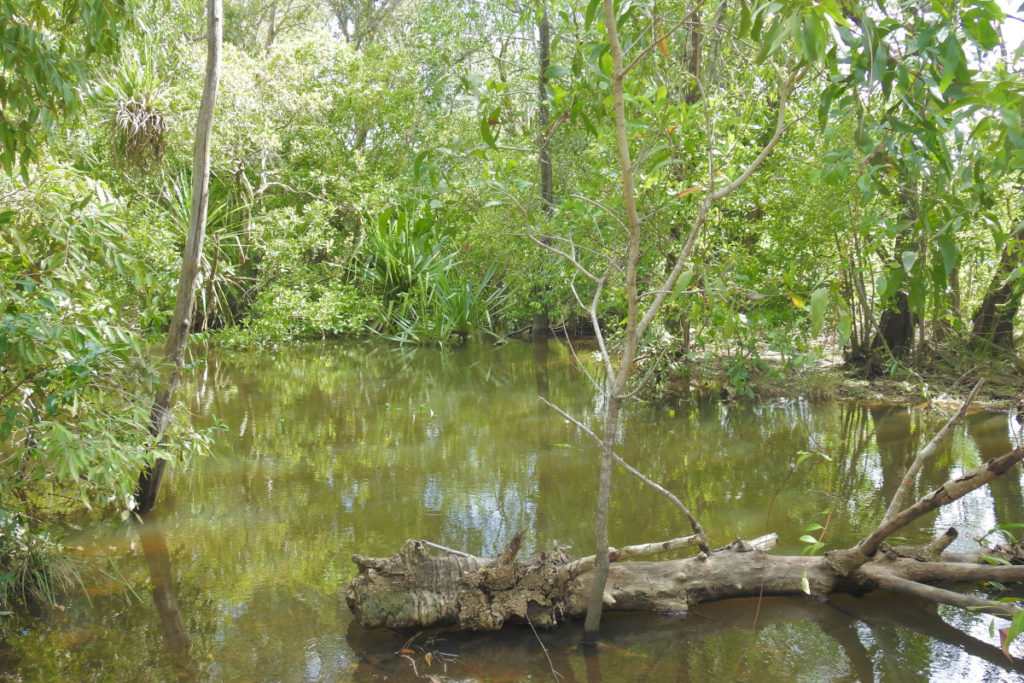
There is supposedly a gold mine from the 1890s on the property too, although I haven’t explored that as yet. Because of the Wet, getting to where this is supposedly located is a bit difficult at the moment. I might have to wait for some dryer weather before I go and poke around this historic site.
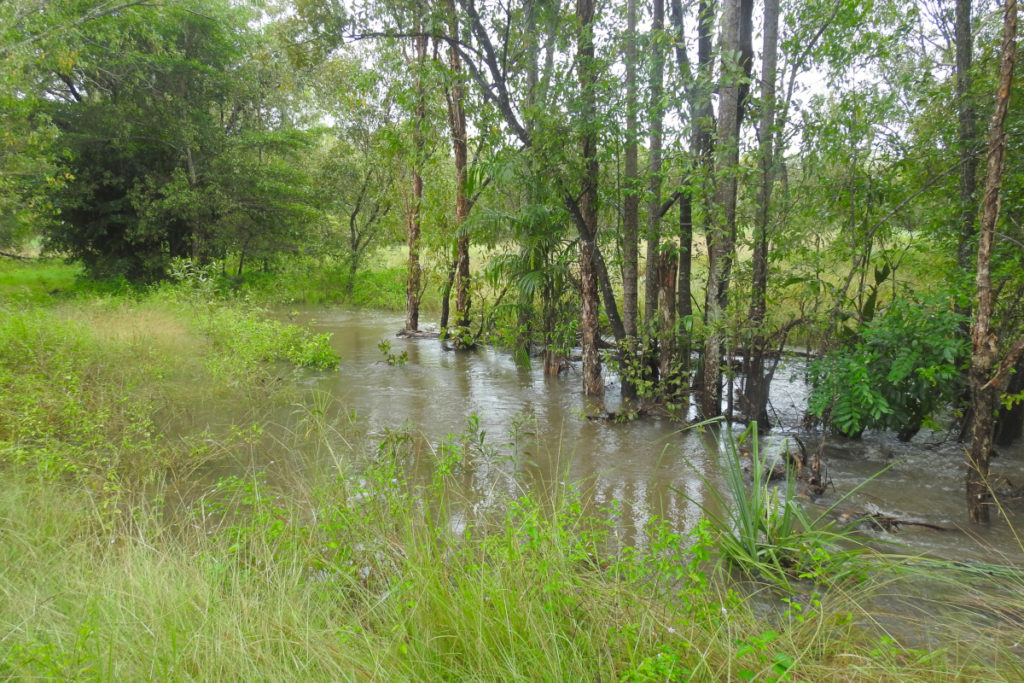
The creek here eventually feeds into the Finnis River, which is known for its crocodiles. Now, most people will tell you that this is too far upstream for crocs to travel, BUT crocs will travel pretty much anywhere if they are driven – usually for territory.
So, you must never assume there are no crocs, just because it looks “too hard” for them to get here.
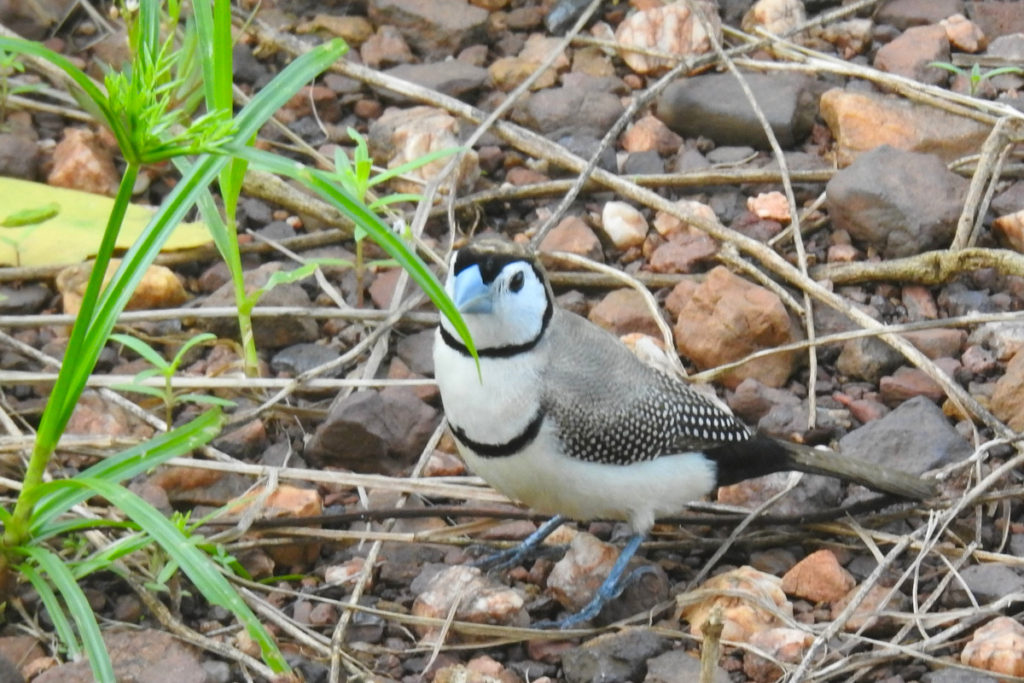
So, life on the farm is pretty basic, but certainly adequate. It is completely off-grid; there is no power but a solar plant covers most needs and it is usually sunny enough. There is also a generator I can crank up, if too many cloudy days in a row make the solar batteries low, but it doesn’t always work that well.
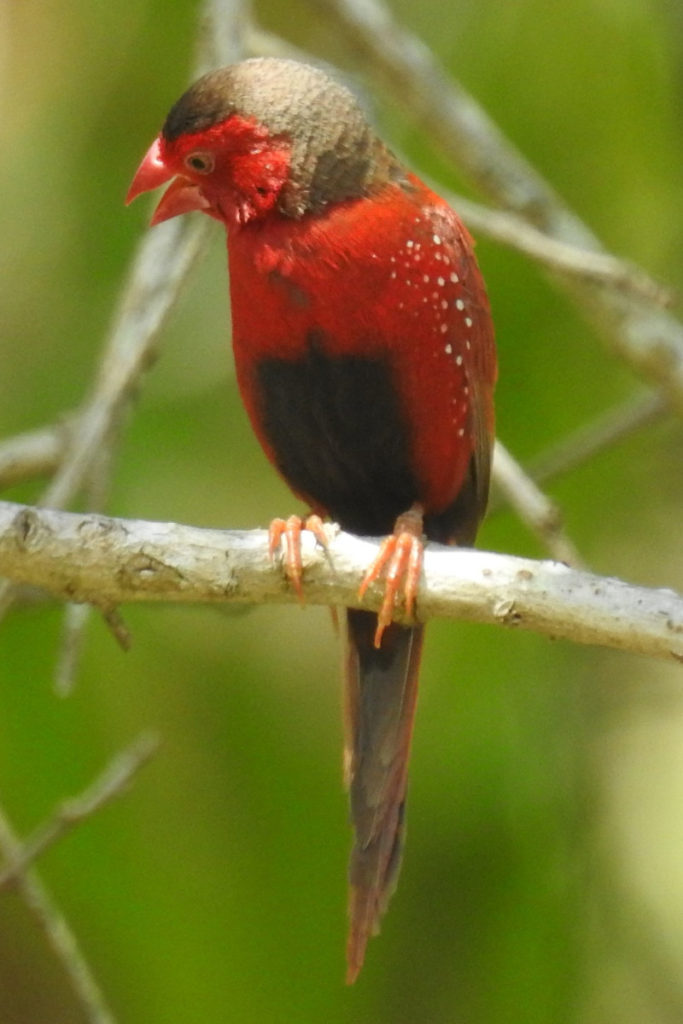
Water comes from the bore, located across the river – that old coach crossing allows access. It is essentially mineral water, so is beautiful to drink (and leaves your hair really soft when you wash it!!!)
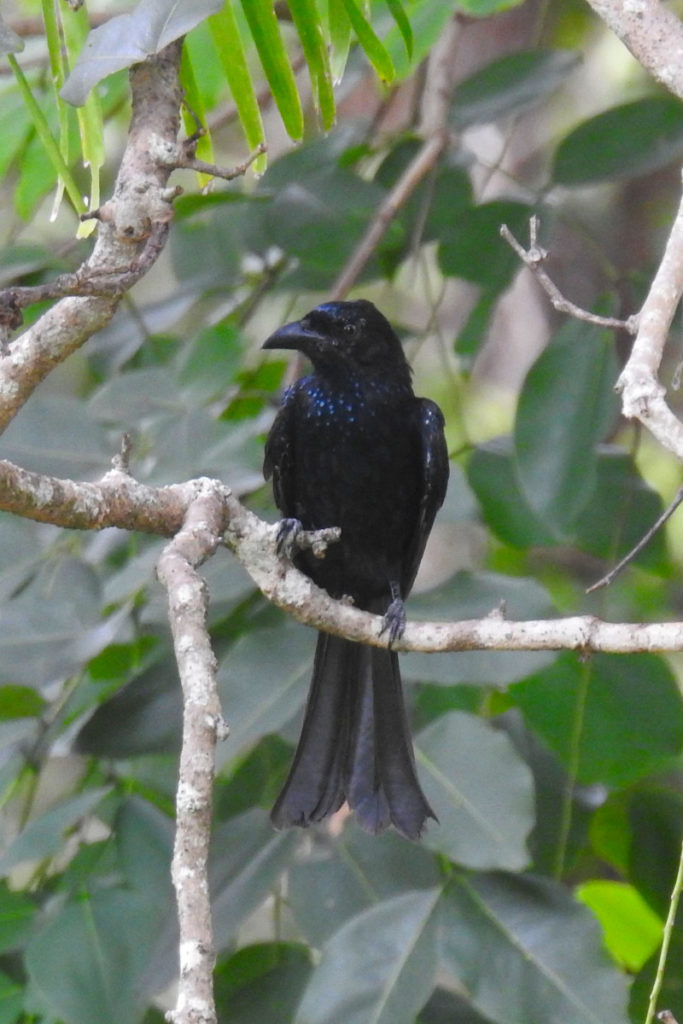
Filling the house tank requires running the bore pump for a few hours every couple of days. Quite often it just doesn’t work at all, usually when you really need it to work, like on washing day… You then have to run around the place, looking for reasons why – usually it is a new leak springing (literally) up or cows have tromped through the pump shed, dislodging the electric wires out of the socket… you get the idea.
While it is a system that certainly has character, it does require fixing when Jim returns from his trip – it must be working properly by the time the new fire season starts, in a couple of months, that’s for sure!
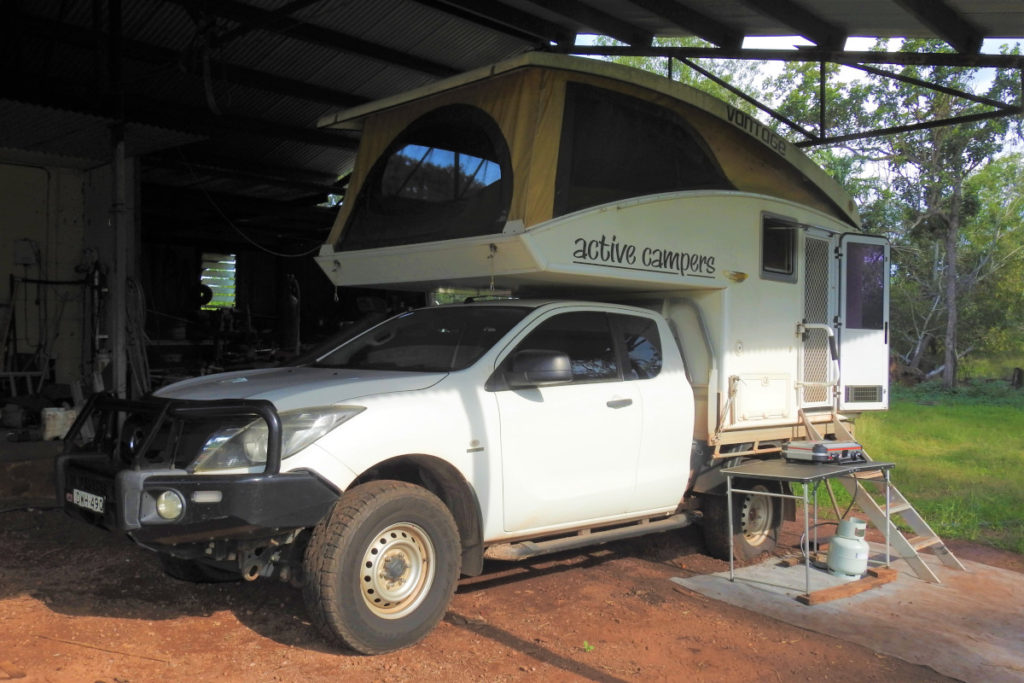
As well as the house, there are two big sheds, one of which serves as protection for my camper. Being so large, it allows me to park the camper – now back on the truck after two years off at the caravan park – under cover. The shed is a bit rustic, and smells strongly of diesel, although surprisingly, you do get used to that after a while.
And I can see and hear the creek running down at the bottom of the hill from where I am camped, which is nice.
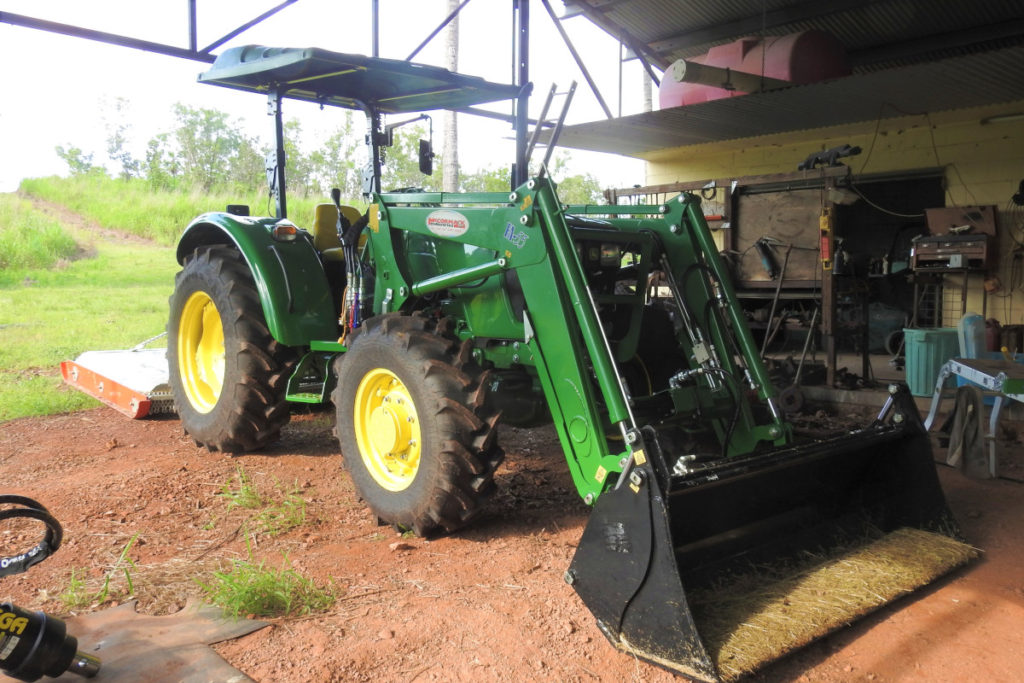
And I do share the shed with the tractor – which I get to drive – woo-hoo! First job is to improve the existing firebreaks around the property, ready for the upcoming Dry season. It is remarkably easy to drive these nowadays; although figuring how to change the electronic display screen from miles/hour to kilometres/hour is proving somewhat elusive – yes, modern tractors come with electronic displays, with menus!!!
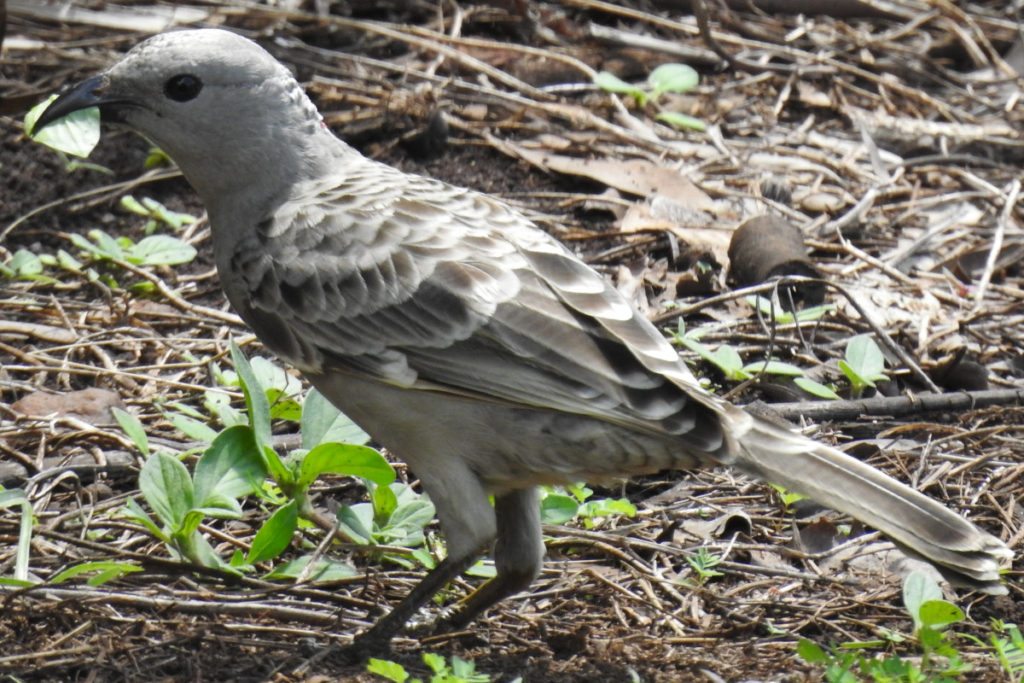
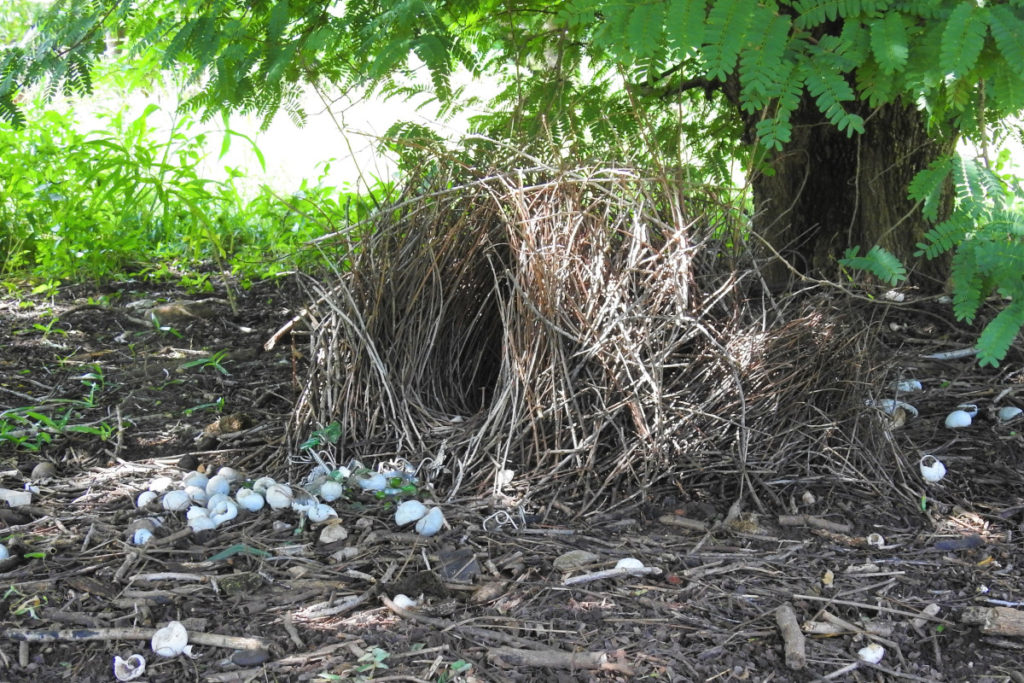
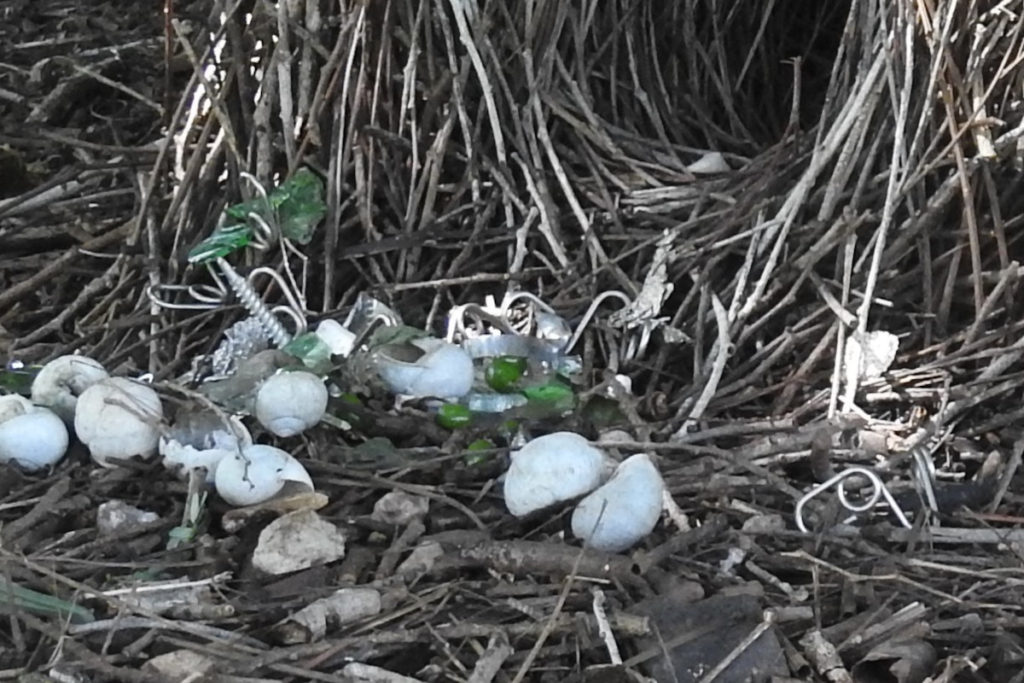
Because it is the Wet, getting into town at this time of year means fording a couple of water crossings on the roads. These roads can be cut at times after really heavy rain, like we have just received with a cyclone off the coast. Although the water tends to come up quickly, it does go fairly down quickly as well, but just in case I keep some cans of soup and dry pasta in the pantry…
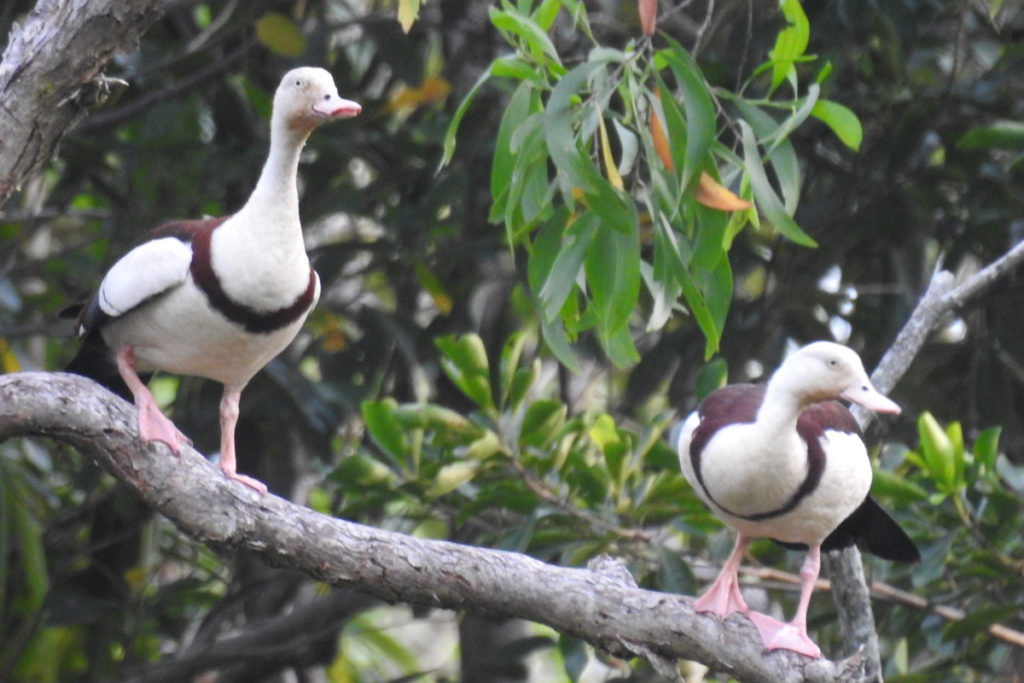
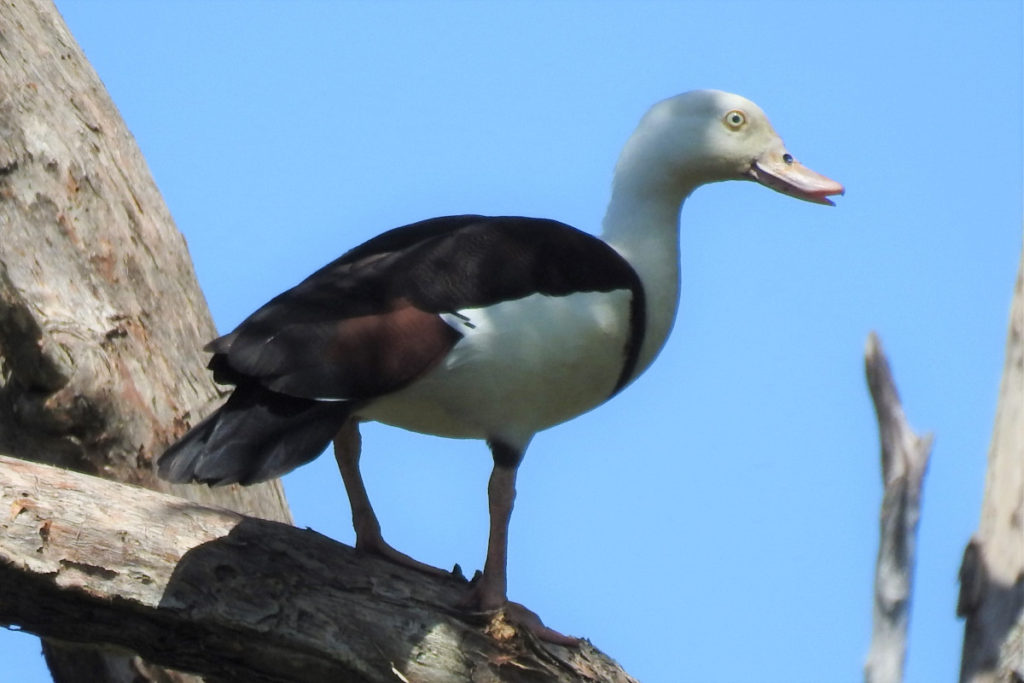
The water usually isn’t that deep, but it pays to slow down before plunging in; there usually are potholes or stones hidden by the water. The other day driving back to the farm, I came across a big ol’ water monitor lounging in the wash across the road (at first sight, I thought it was a small croc, but as I approached I saw it was actually a pretty impressive water monitor). He was obviously enjoying himself and wasn’t in too much of a hurry to clear out when I came along, so I had to wait for him to wander off into the grass, before I could drive past.
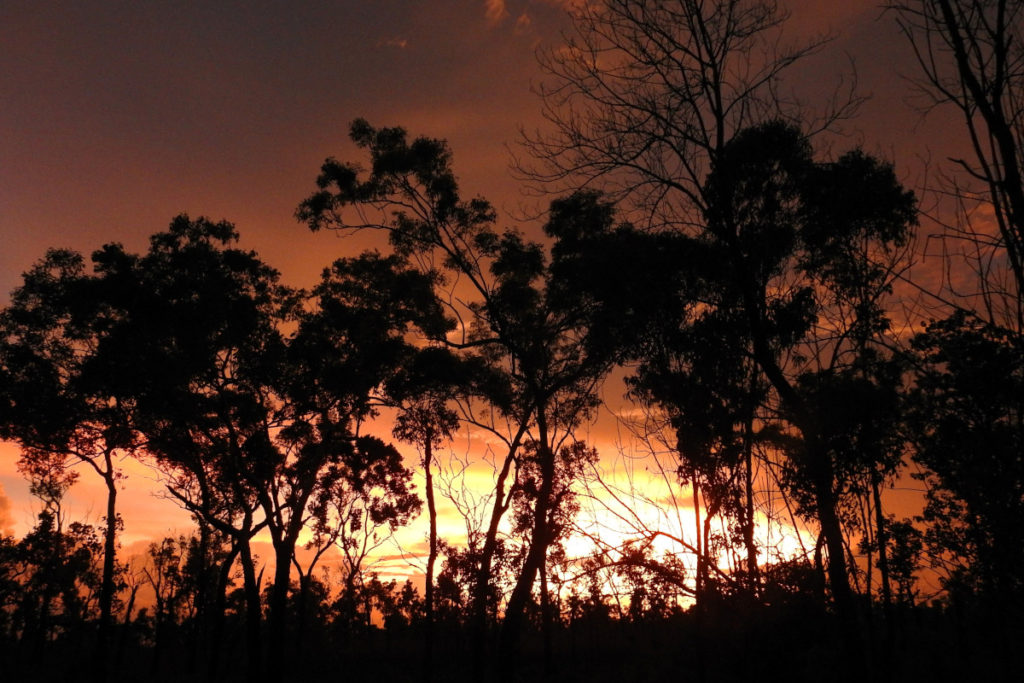


2 comments
Hi Admin
Fab photos of the birds and love reading the descriptions and names. I’m in favour of renewable energy but am bemused by you saying how few days without sun and you need to crank up the generator…. And multiplying that by 25 million.
Like you, I wouldn’t be donning my Speedo’s (or less) to bathe in the streams as inviting as they look. Even walking near them would get my pulse racing.
I enjoy reading your very interesting observations and pleased your adventures continue
Our very best wishes
Hi Gray,
Yeah, solar is actually quite stressful – in the Wet up here, we can go for weeks with little or no sun (we’ve had four monsoon events this Wet already, with around two weeks of constant cloud for each) so during those times, I do keep an eye on the system to monitor battery levels – less of a problem with lithium, of course. It is quite a powerful system, so fortunately it only takes a little bit of sunlight to top it up and I’m not running air conditioners or heaters, which would suck the battery power down.
Come the Dry, we can go for 5-6 months without a cloud in the sky, so I won’t be needing the generator handy then!
I added a new post today, showing some new visitors to the farm, some not so welcome as the others!
Hope all is good with you,
Cheers, Richard.
Comments are closed.